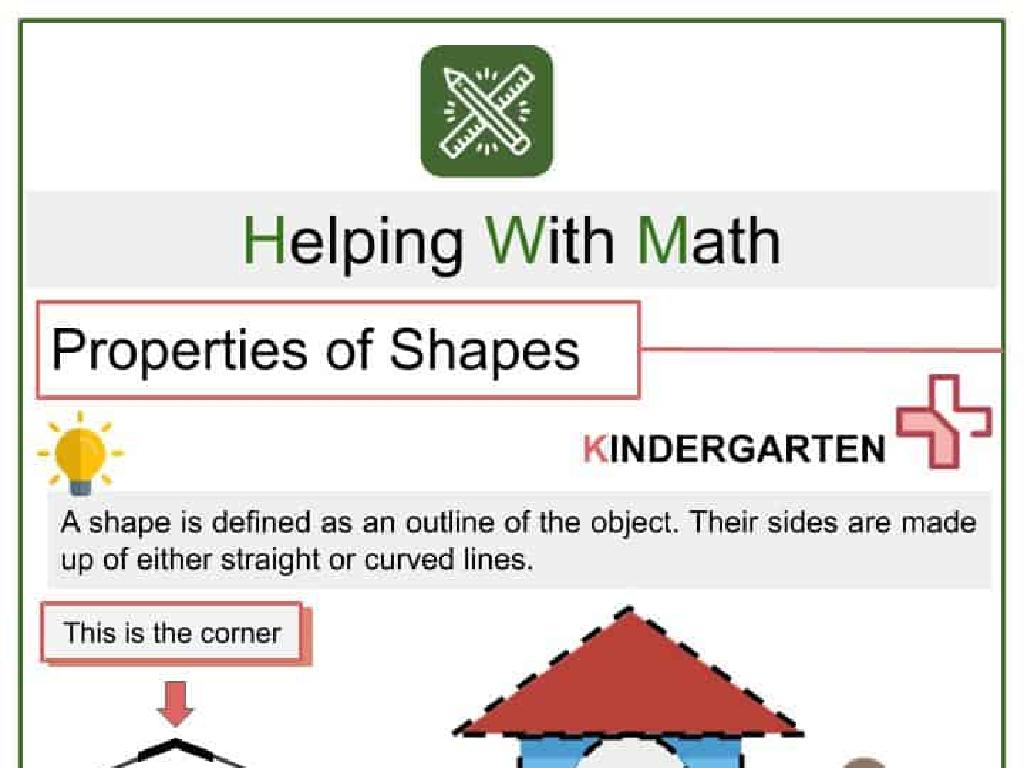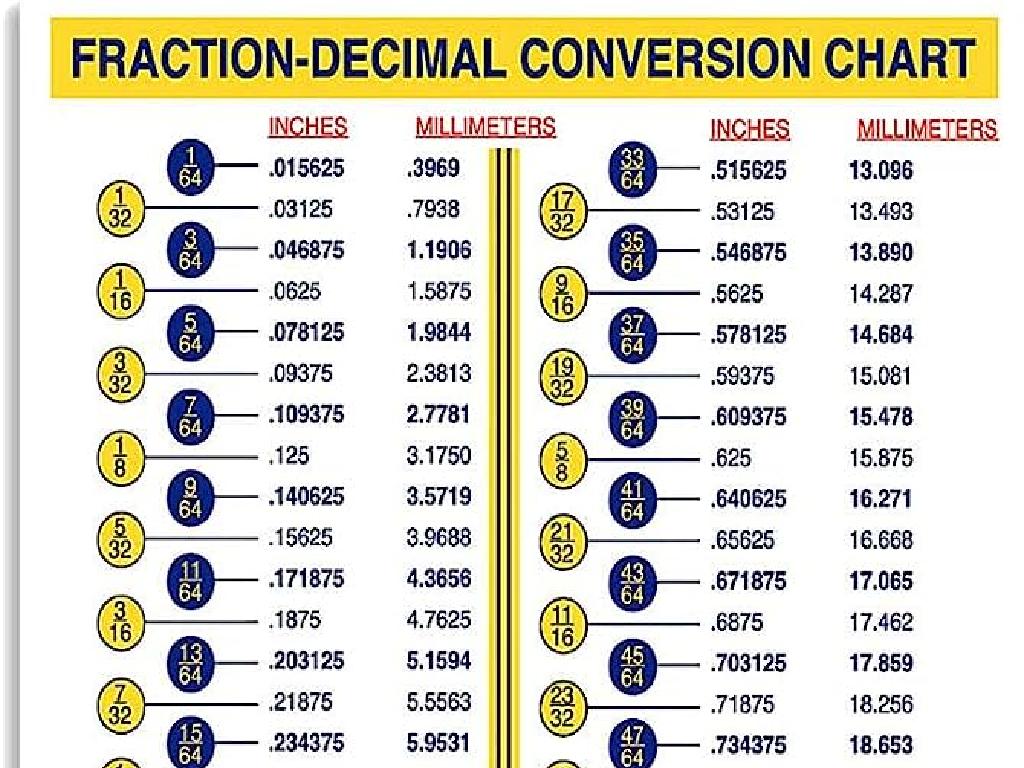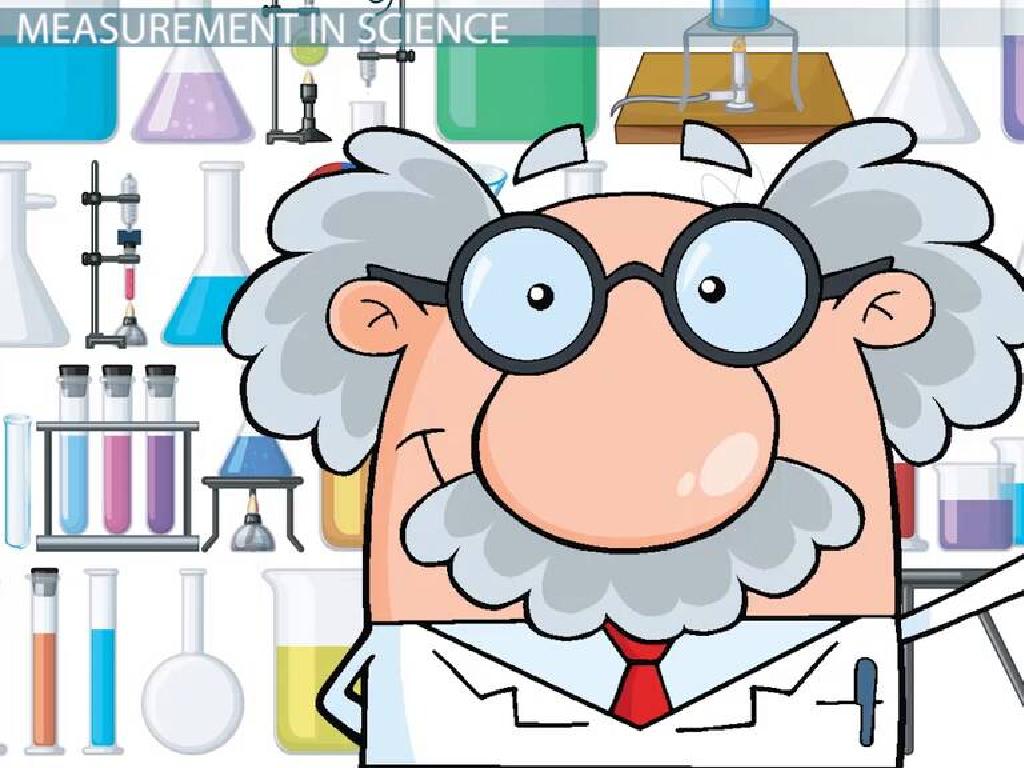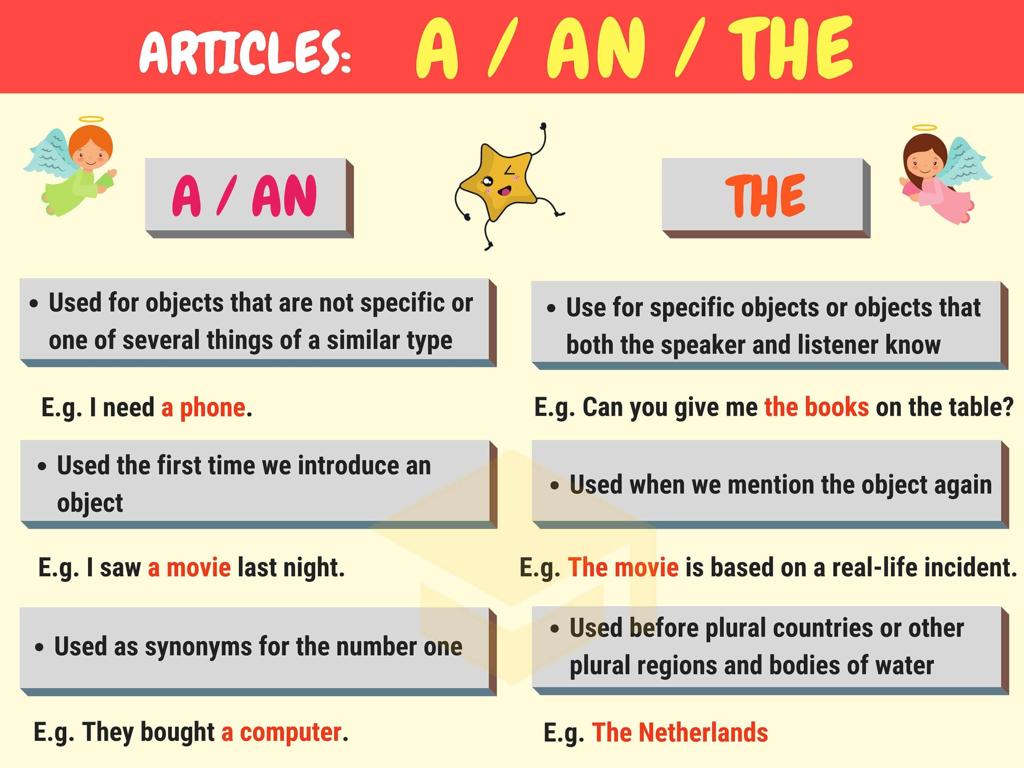Easter
Subject: Social studies
Grade: Second grade
Topic: Cultural Celebrations
Please LOG IN to download the presentation. Access is available to registered users only.
View More Content
Introduction to Easter
– Easter is a special celebration
– It’s a joyful time with fun activities
– Egg hunts, Easter bunny, and yummy treats!
– What do you know about Easter?
– Let’s learn and share together!
– We’ll discover the history and traditions of Easter.
|
Begin the class with a warm greeting and introduce Easter as an important cultural celebration. Explain that Easter is a time of joy and community, often celebrated with various activities. Engage the students by asking them to share any knowledge or experiences they have about Easter, such as the Easter bunny, egg hunts, or special foods they enjoy during the holiday. This will create an interactive environment and help students feel connected to the topic. As you move through the presentation, encourage students to think about how different cultures might celebrate Easter and the different traditions that come with it. The goal is to foster an understanding and appreciation of the holiday’s significance in a fun and inclusive way.
The Story of Easter
– Easter’s religious significance
– A special day for Christians around the world
– Celebrating Jesus Christ’s resurrection
– It marks the day Jesus rose from the dead
– Going to church on Easter
– Sharing Easter stories
– Families tell tales of Easter’s meaning
|
This slide introduces students to the religious aspect of Easter, a central celebration in Christianity commemorating the resurrection of Jesus Christ. Emphasize the importance of Easter to Christians and how it is a time of joy and renewal. Explain that many people attend church services on Easter Sunday to honor this event. Discuss how families and communities come together to share stories and traditions that highlight the significance of the day. Encourage students to be respectful of diverse beliefs and traditions associated with Easter and other cultural celebrations.
Easter Symbols and Their Meanings
– Easter eggs as symbols
– Eggs represent new life and hope.
– Decorating eggs tradition
– People paint eggs with bright, happy colors.
– The Easter bunny
– A playful character who delivers eggs.
– Easter eggs and the bunny
– Both bring joy and are part of Easter fun.
|
This slide introduces students to the symbols commonly associated with Easter and what they represent. Explain that eggs are a symbol of new life, which fits with the spring season when Easter is celebrated. Discuss the tradition of decorating eggs and how it allows for creativity and family bonding. Introduce the Easter bunny as a character in Easter celebrations who brings eggs to children, tying in the theme of new life and joy. Encourage students to think about other symbols they know and what they might represent. This will help them understand the cultural significance of symbols and how they are used in celebrations.
Easter Around the World
– Easter traditions vary globally
– Each country has unique customs, like egg hunts or special church services.
– Parades and special clothes
– In some cultures, people dress up and join parades to celebrate.
– Exploring world Easter celebrations
– We’ll look at how different places like Spain, Greece, and Australia celebrate Easter.
|
This slide aims to introduce students to the diverse ways Easter is celebrated around the world, emphasizing cultural diversity and the shared joy of the holiday. Highlight that while some traditions, like egg hunts, are common in many countries, others have unique customs. For example, Spain is known for its Semana Santa processions, Greece for the tradition of cracking red eggs, and Australia for the Easter Bilby instead of the Easter Bunny. Encourage students to be curious and respectful of different cultural practices. This can be an opportunity to foster a global mindset and appreciation for international traditions among young learners.
Easter Celebrations: Yummy Foods
– Easter: A time for special meals
– Enjoying chocolate eggs & hot cross buns
– Chocolate eggs are a sweet treat, and hot cross buns are a spiced sweet bun.
– Special Easter bread tradition
– Easter bread is often braided and can have eggs baked into it.
– Sharing our favorite celebration foods
|
This slide introduces students to the traditional foods associated with Easter celebrations. Emphasize the importance of coming together with family and friends to share a meal during Easter. Explain that chocolate eggs and hot cross buns are common treats enjoyed during this holiday. Describe the special Easter bread, which is often made with sweet dough and decorated with eggs. Encourage students to think about their own favorite foods during celebrations and be prepared to discuss and share their experiences with the class. This will help them connect their personal experiences with cultural traditions and understand the diversity of celebration customs.
Easter Fun and Games
– Easter egg hunts are exciting
– Families search for treat-filled eggs
– Eggs might have candy or small toys inside
– Have you hunted for Easter eggs?
– Think about your past egg hunts and share
– Sharing Easter experiences
– We’ll talk about our favorite Easter memories
|
This slide is designed to engage second-grade students in a discussion about Easter activities, specifically the tradition of Easter egg hunts. Begin by explaining what an Easter egg hunt is and how it is a fun activity where families come together. Encourage students to share their own experiences or what they think an Easter egg hunt would be like. Use this opportunity to discuss the importance of family traditions and cultural celebrations. If time allows, you can plan a small in-class Easter egg hunt or a related craft activity to give students a hands-on experience.
Creating Your Own Easter Egg
– Join the Easter tradition!
– Decorate paper Easter eggs
– Use bright colors, glitter, and fun stickers to make your egg stand out
– Choose colors and stickers
– Reflect on Easter symbols
– What images or symbols remind you of Easter? Bunnies, chicks, flowers?
|
This activity slide is designed to engage second-grade students in a hands-on project that celebrates the cultural tradition of Easter. Provide each student with a paper cut-out of an egg and an assortment of decorating materials such as colored pencils, markers, stickers, and glitter. Encourage creativity and individual expression while discussing the significance of Easter symbols. Possible activities include: 1) Drawing patterns and designs on the eggs, 2) Sharing the meaning behind each student’s design choices, 3) Creating an Easter egg gallery in the classroom to display their work, 4) Discussing the history of egg decoration in Easter traditions, 5) Incorporating a storytime with a book about Easter celebrations around the world. This will help students understand and appreciate the diverse ways Easter is celebrated and the importance of symbols in cultural festivities.
Class Activity: Easter Egg Decoration
– Time to decorate Easter eggs!
– Use your table supplies creatively
– Make your egg colorful and unique
– We’ll share our eggs with everyone
|
This class activity is designed to engage students in the cultural celebration of Easter through a hands-on art project. Provide each student with an egg and a variety of decorating supplies such as paint, markers, stickers, and glitter. Encourage them to use their imagination to decorate their eggs in a unique way. Once everyone is finished, organize a show-and-tell session where each student can present their egg and explain their design choices. This activity not only fosters creativity but also allows students to practice their speaking skills and learn about the Easter tradition in a fun, interactive manner. Possible variations of the activity could include teaming up for egg decoration, creating themed eggs, or even an egg hunt at the end of the class.






